37th Annual Oyster Run: Anacortes Overview
On Sunday, September 23, we’ll be at the 37th annual Oyster Run at Anacortes, Washington. We love the chance to bring lots of great gear at great prices to a huge gathering of motorcycle enthusiasts. In past newsletters, we’ve written about the event and its history, about the various entertainments available, and about the kind of merchandise you can find there.
Today, we thought it was time to write about the host city, Anacortes, and its environs.
Anacortes is the largest city on Fidalgo Island. The island is about sixty miles north of Seattle. It’s separated from the mainland by the Swinomish Channel and from Whidbey Island to its south by Deception Pass.
The original inhabitants of Fidalgo Island were the Samish and Swinomish nations. Today the Swinomish reservation is on the southeast side of the island.
The island is named after the Spanish explorer Salvador Fidalgo. Spain had claimed the entire Pacific Coast of both American continents since the time of Balboa. However, almost three hundred years after Balboa, Russian and British explorers were exploring and exploiting the far northern coastal area. So, in May of 1790, Fidalgo was sent to find out what was up, up north. He left the northernmost Spanish settlement, San Lorenzo de Nootka, which was just off what’s now called Vancouver Island. He followed the coast of what’s now Alaska, trading with the natives and holding ceremonies asserting the Spanish claim all the way to Kodiak Island, where he found the main Russian settlement and reinforced the Spanish land claim. By November, he was back in San Blas.
In 1792, he was tasked with establishing a Spanish settlement at what’s now Neah Bay. The settlement got off to a good start, but was recalled within the year. After sundry other adventures, Fidalgo died in Mexico in 1803.
It was Charles Wilkes, as head of the United States Exploring Expedition, which visited many islands from the South Pacific to the Antarctic Ocean and to the Strait of Juan de Fuca and Puget Sound during the years from 1838 to 1842, who discovered that Fidalgo was an island. Wilkes is an interesting fellow. For one tidbit, he was raised by his aunt, the first American-born Catholic saint, Elizabeth Ann Seton. Wilkes named the island after the hero of the War of 1812, Oliver Perry, and named the highest point on the island Erie, after the lake where Perry won his battles. The British explorer, Henry Kellet, removed Perry’s name and called it Fidalgo Island, but Mount Erie remains.
Anacortes name is simpler. It’s based on the name of the wife of the city founder, Amos Bowman. Her name was Anne Curtis Bowman. Amos hoped that his new city would become the terminus of the Northern Pacific Railroad. Though that led to a boom-and-bust, the city is the hub for ferry traffic to the other San Juan islands. It’s also known for fishing, canneries, and timber harvesting, and more recently, for oil refineries and yacht-building.
Mount Erie is nearby, with many rock-climbing routes, and the Anacortes Community Forest Lands are replete with biking and hiking trails. You’ll have good whale watching—there are said to be three resident pods of orca. In addition to the Oyster Run, Anacortes has a city-wide garage sale called Shipwreck Day on the third Saturday in June and the Anacortes Arts Festival the first weekend of August.
Many famous people live in or come from Anacortes, among them are Burl Ives, the singer and Oscar-winner; Richard Bach, author of Jonathan Livingston Seagull; and Jake Anderson, of Deadliest Catch fame.
So, now you know a little more about the Oyster Run’s host city. See you there!





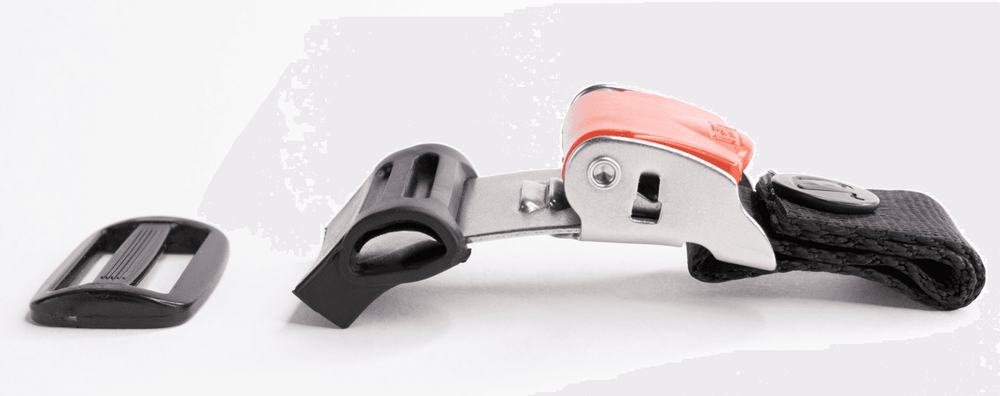
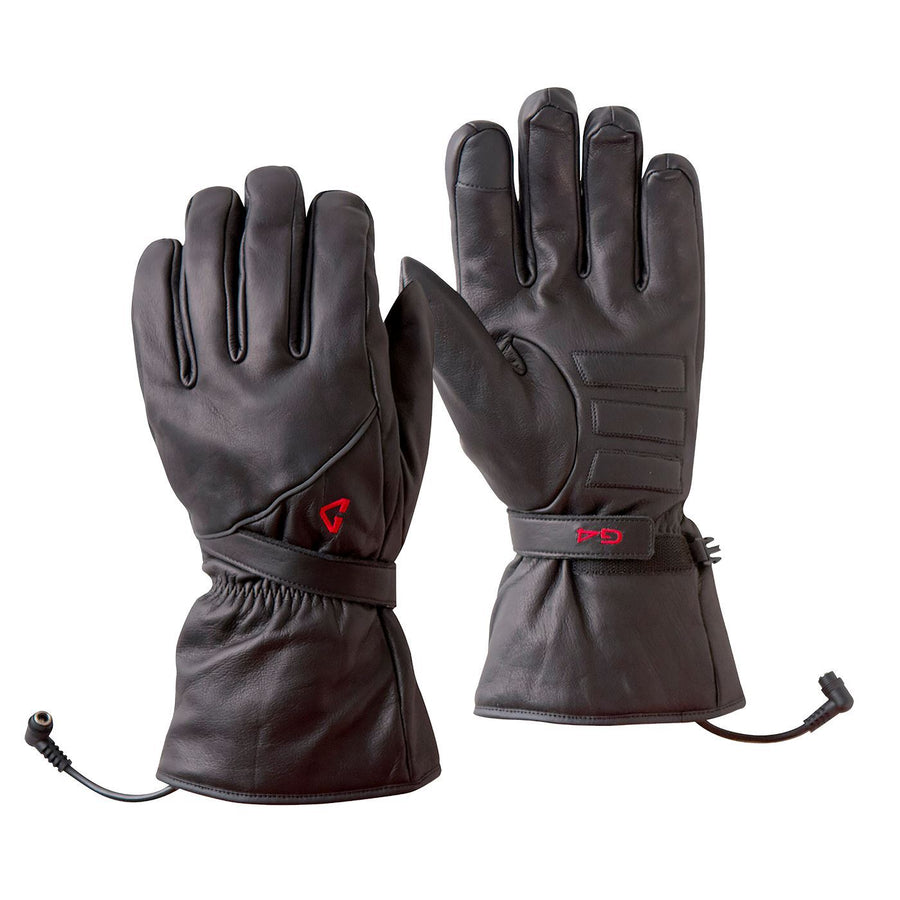

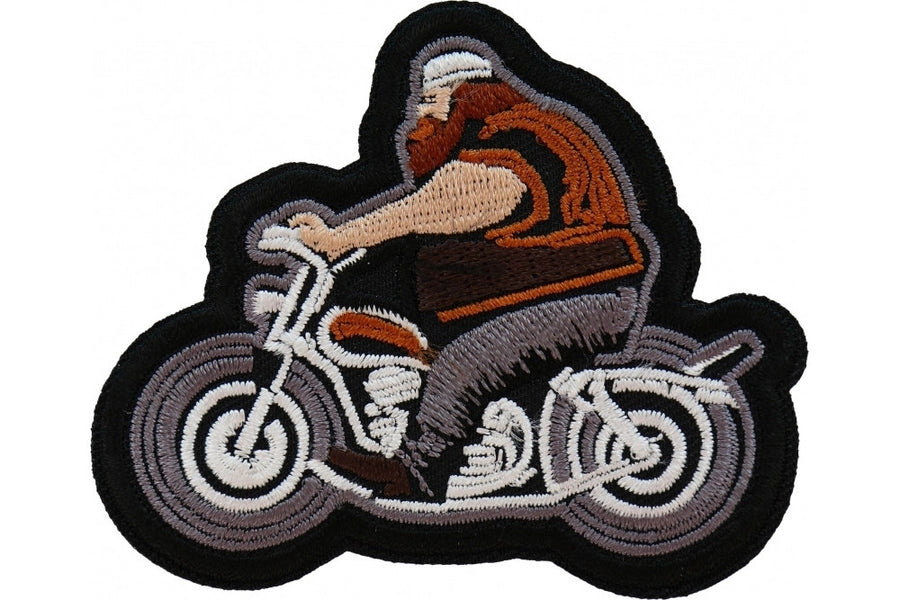

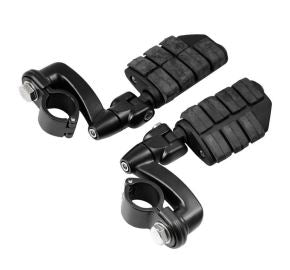

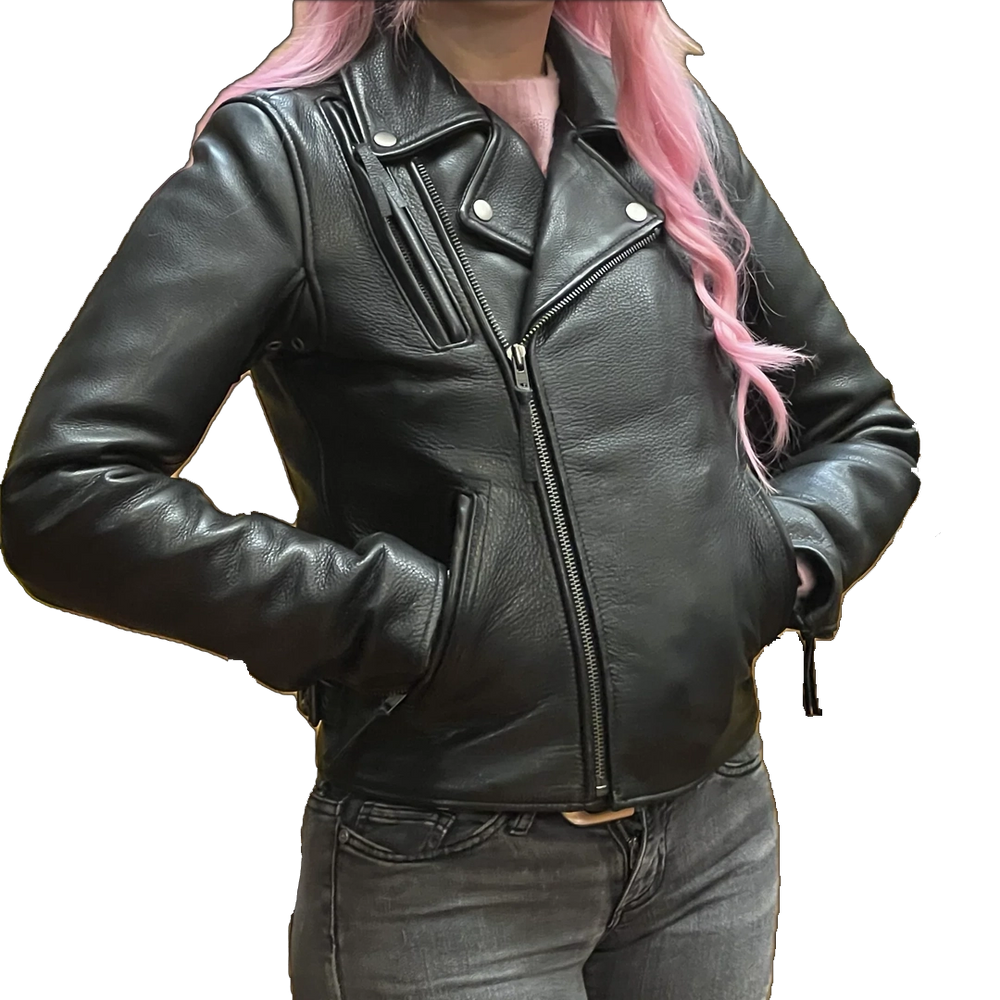
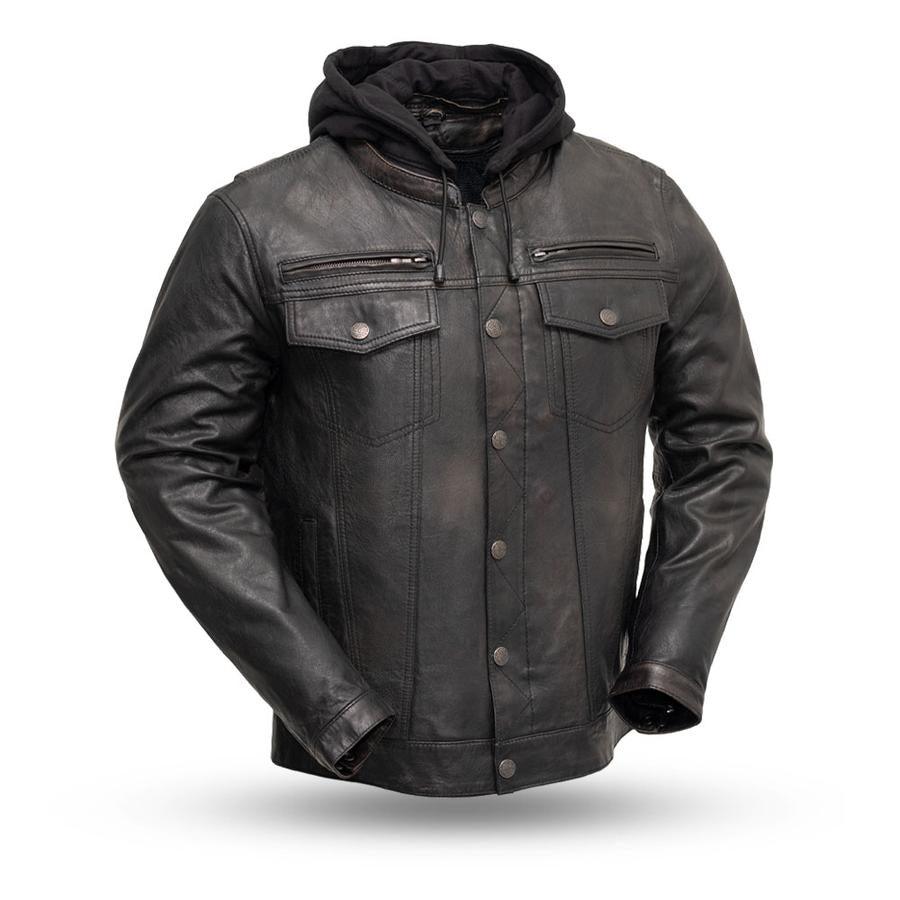
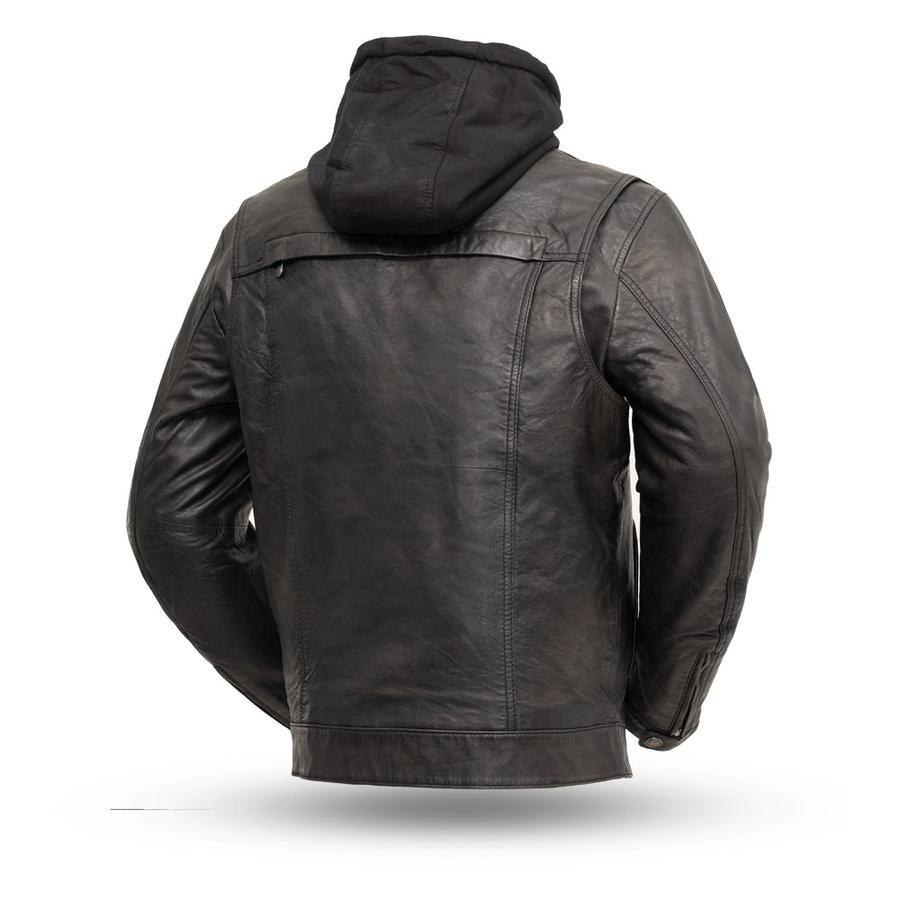
Leave a comment